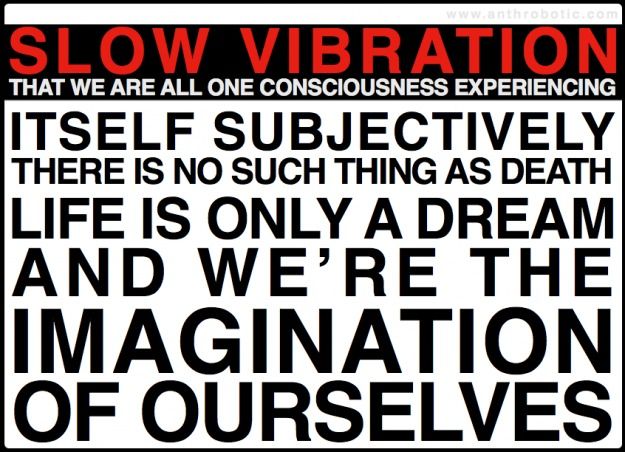Oct 27, 2012
Today, a Young Man on Acid Realized that all Matter is Merely Energy Condensed to a…
Posted by Reno J. Tibke in categories: biological, complex systems, cosmology, engineering, existential risks, homo sapiens, human trajectories, humor, information science, particle physics, philosophy, physics

…here’s Tom with the Weather.
That right there is comedian/philosopher Bill Hicks, sadly no longer with us. One imagines he would be pleased and completely unsurprised to learn that serious scientific minds are considering and actually finding support for the theory that our reality could be a kind of simulation. That means, for example, a string of daisy-chained IBM Super-Deep-Blue Gene Quantum Watson computers from 2042 could be running a History of the Universe program, and depending on your solipsistic preferences, either you are or we are the character(s).
It’s been in the news a lot of late, but — no way, right?
Because dude, I’m totally real
Despite being utterly unable to even begin thinking about how to consider what real even means, the everyday average rational person would probably assign this to the sovereign realm of unemployable philosophy majors or under the Whatever, Who Cares? or Oh, That’s Interesting I Gotta Go Now! categories. Okay fine, but on the other side of the intellectual coin, vis-à-vis recent technological advancement, of late it’s actually being seriously considered by serious people using big words they’ve learned at endless college whilst collecting letters after their names and doin’ research and writin’ and gettin’ association memberships and such.
So… why now?








